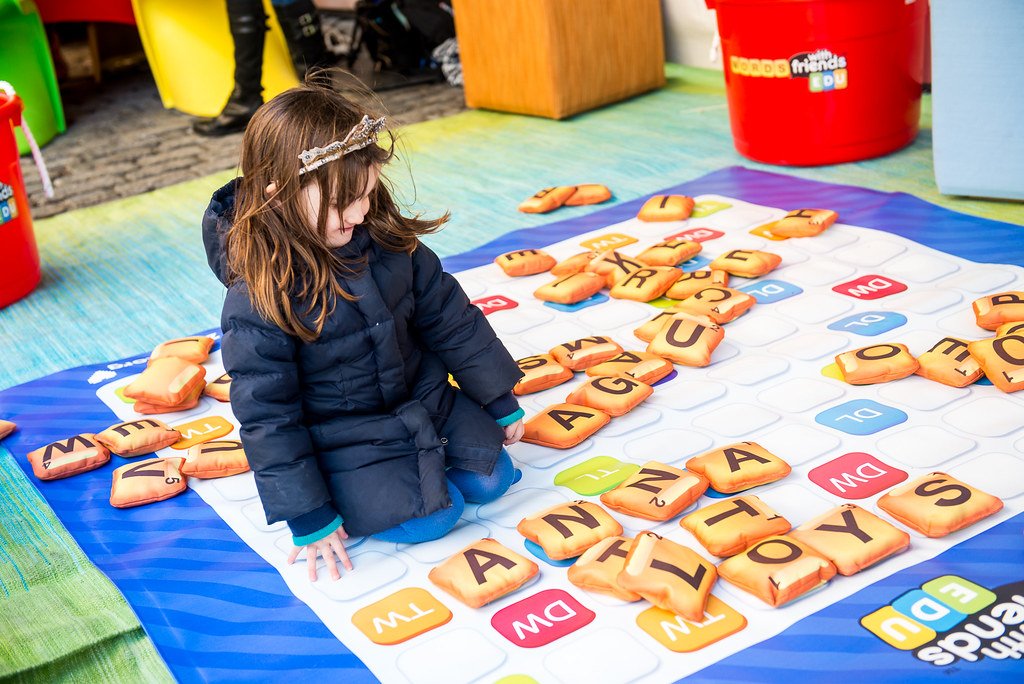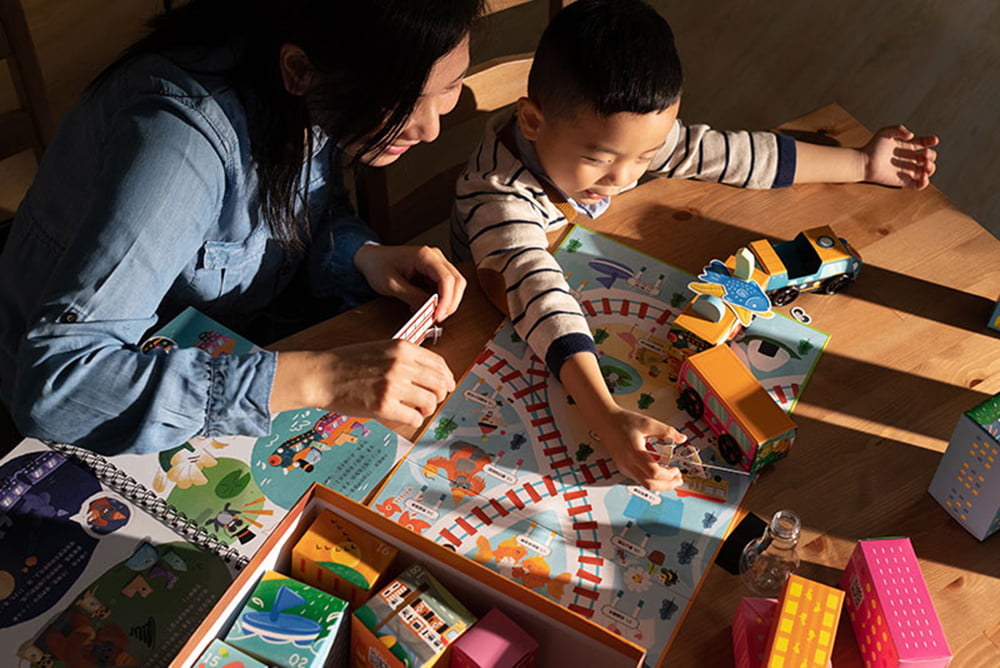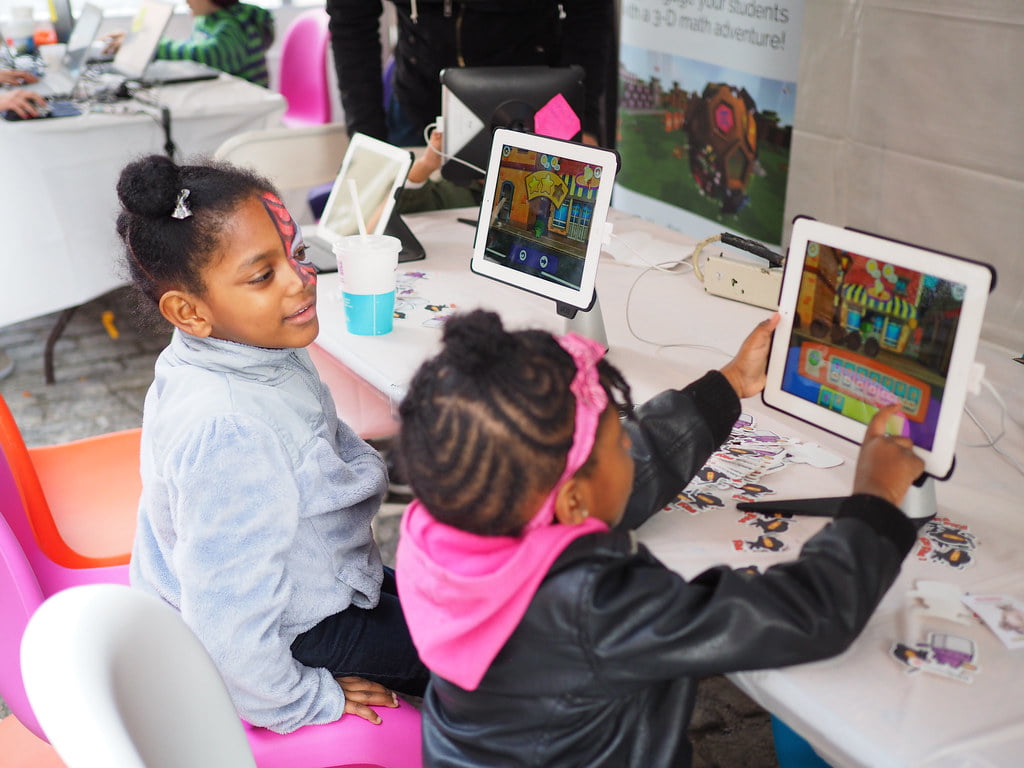Innovative Sustainable ArchitectureEducational Gaming and its potential
In a world dominated by screens and digital experiences, the intersection of education and gaming has emerged as a powerful ally in shaping the way we learn. Educational gaming, a blend of entertainment and education, provides a dynamic and engaging approach to acquiring knowledge. In this blog post, we will shed light on various aspects of educational gaming, exploring its benefits, challenges, and its impact on learners of all ages.
The rise of Educational Gaming
The educational landscape is evolving, and traditional methods are giving way to more interactive and immersive approaches. Educational gaming, at the forefront of this development, takes advantage of the intuitive appeal of games to make learning not only entertaining but also effective. As we move forward in this exploration, we’ll uncover how these games are turning education into a captivating adventure.
Benefits of educational gaming
Gamifying Education: A Winning Strategy
Educational gaming introduces an element of play into the learning process, turning mundane subjects into exciting discoveries. By integrating challenges, rewards, and progression, these games satisfy our natural desire for achievement, making the learning journey enjoyable and motivating.
Practical learning in virtual world
One of the extraordinary benefits of educational gaming is its ability to provide hands-on experience in a virtual environment. From exploring historical scenarios to conducting virtual science experiments, learners can actively participate in their learning, increasing their understanding and retention of complex concepts.
Individual learning path
Not all learners are the same, and educational gaming recognizes this diversity. Through adaptive technologies, these games can tailor the learning experience to individual needs, ensuring that each player progresses at their own pace. This personalized approach promotes deep understanding of subjects and caters to different learning styles.
Challenges and criticisms
Balance between entertainment and education
While the fusion of education and gaming is promising, striking the right balance between entertainment and educational content can be a challenge. Maintaining this balance ensures that the primary goal of learning is not overshadowed by the allure of the gameplay.
Addressing Screen Time Concerns
With the increasing prevalence of digital devices, concerns about screen time have become more prominent. Educational gaming should be mindful of these concerns and include measures to promote healthy use, such as incorporating breaks and encouraging a balance between digital and offline activities.
The future of educational gaming
Innovation and emerging trends
As technology advances, so does the potential for groundbreaking innovations in educational gaming. From augmented reality experiences to artificial intelligence-powered adaptive learning, the future promises an exciting range of tools that will redefine our approach to education through gaming.
Expanding reach
The democratization of education is a key aspect of the future of educational gaming. As these games become more accessible on a variety of devices and platforms, broader audiences can benefit from the engaging and transformative power of educational gaming.
Conclusion: Playing towards a brighter future
Educational gaming is more than just a trend; It is a transformative force shaping the educational landscape. By harnessing the inherent appeal of games, we can open up new areas of knowledge and make learning an adventure. As we move forward, the synergy between education and gaming will continue to redefine the way we acquire, retain and apply knowledge in the ever-evolving digital age.
Why Educational Gaming doesn’t work?
Educational gaming, although promising, is not without challenges and limitations. While many enthusiasts advocate the transformative potential of merging education with gaming, there are also aspects that question its effectiveness. In this exploration, we will analyze some of the reasons why educational gaming may face obstacles in achieving its full potential.
1. Lack of integration with the curriculum
A significant challenge is the struggle to seamlessly integrate educational games with the existing curriculum. In some cases, these games may not conform to educational standards, making it difficult for teachers to incorporate them into formal learning environments. Without a clear connection to educational goals, the effectiveness of educational gaming can be reduced.
2. Limited transferability of skills
While educational games are excellent at teaching specific skills in a gaming context, there are concerns about the ability to transfer these skills to real-world scenarios. Learners can master tasks in a game environment, but applying these skills in practical situations can be a more complex challenge. The gap between in-game learning and real-world application raises questions about the long-term impact of educational gaming.
3. Access and equity issues
Not all students have equal access to the technology needed for educational gaming. Disparities in access to devices, high-speed Internet, and compatible software can create a digital divide, putting certain demographics at a disadvantage. This lack of accessibility hinders the inclusivity of educational gaming and limits its potential impact on a broader scale.
4. Distractions and lack of focus
The same elements that make games enjoyable—unique graphics, dynamic challenges, and rewards—can be a double-edged sword when it comes to learning. Some argue that the entertaining aspects of educational games can overpower the educational content, leading to a loss of focus on the primary learning objectives. Striking the right balance between engagement and educational content remains a persistent challenge.
5. Opposition to traditional education systems
Traditional approaches to teaching are often deeply ingrained in educational systems. Resistance to change and reluctance to adopt new methods may hinder the widespread adoption of educational gaming. The challenge is in convincing teachers, administrators, and parents that these games can complement rather than replace traditional teaching methods.
Conclusion: Overcoming Obstacles
While educational gaming faces obstacles, it is essential to recognize these challenges as opportunities for improvement rather than insurmountable obstacles. Addressing issues such as integration with the curriculum, ensuring transferability of skills, improving accessibility and overcoming resistance to change can pave the way for a more effective and inclusive educational gaming landscape. By acknowledging and addressing these limitations, we can refine the intersection of education and gaming, unlocking the full potential of this innovative approach.







